10 Ingredients That Make Cakes Softer and More Flavorful
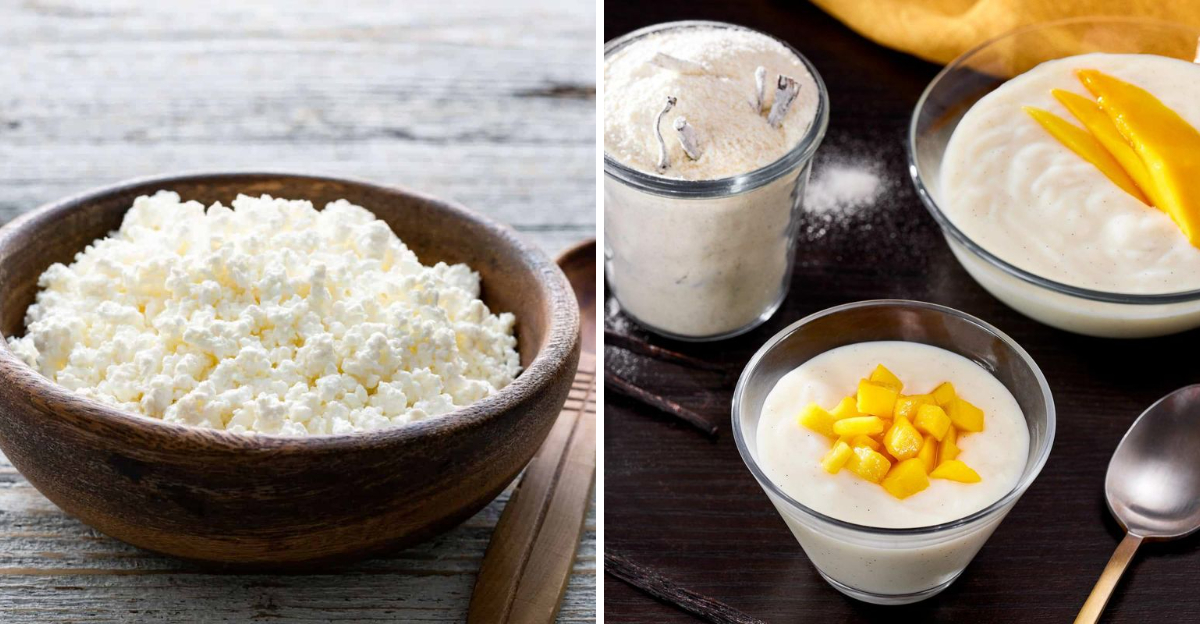
Do you think why some cakes melt, while others fall flat. The idea lies in the ingredients you choose. Beside just flour and sugar, certain additions can transform an ordinary cake into something versatile soft and tasty. These changing ingredients are helpful by adding moisture, enhancing texture, and bringing different flavor to your baking. Whether it’s a touch of fruit, yogurt, or a dash of spice, these ingredients can make your cakes feel a little more thoughtful and pleasant.
1. Buttermilk
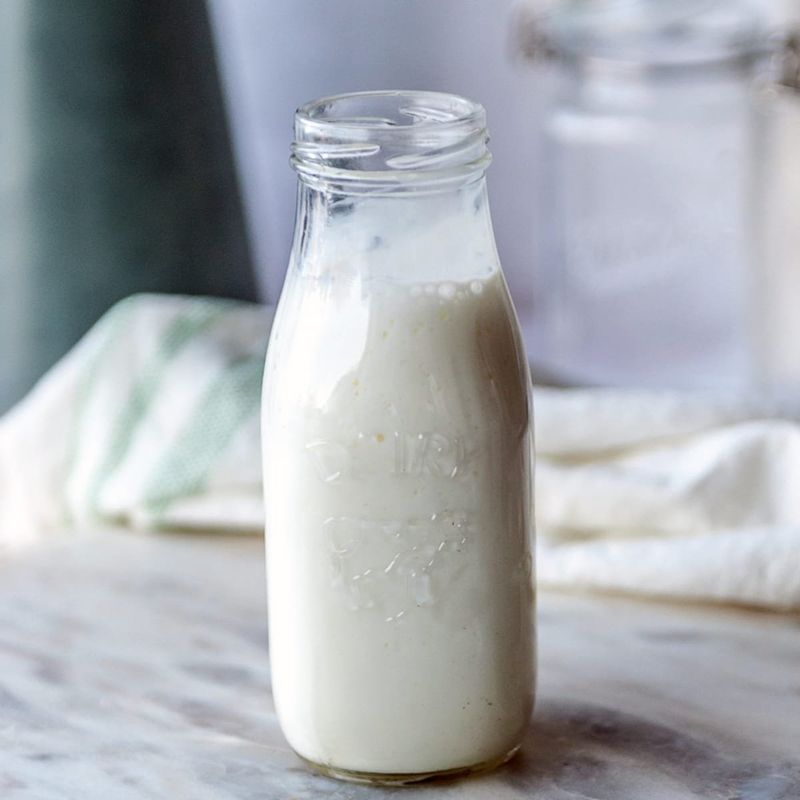
Buttermilk is helpful in cake batters by breaking down the tough gluten strands that can make cakes dense. The natural acidity tenderizes the crumb while adding a subtle tangy flavor that balances sweetness. Many bakers recommend by substituting regular milk with buttermilk in chocolate cakes specifically, as it enhances the cocoa flavors. If you don’t have buttermilk on hand, you can make a quick substitute by adding a tablespoon of lemon juice to regular milk and letting it sit for 5 minutes. The proteins in buttermilk also help cakes increase more evenly during baking, resulting in a consistent texture throughout.
2. Yogurt
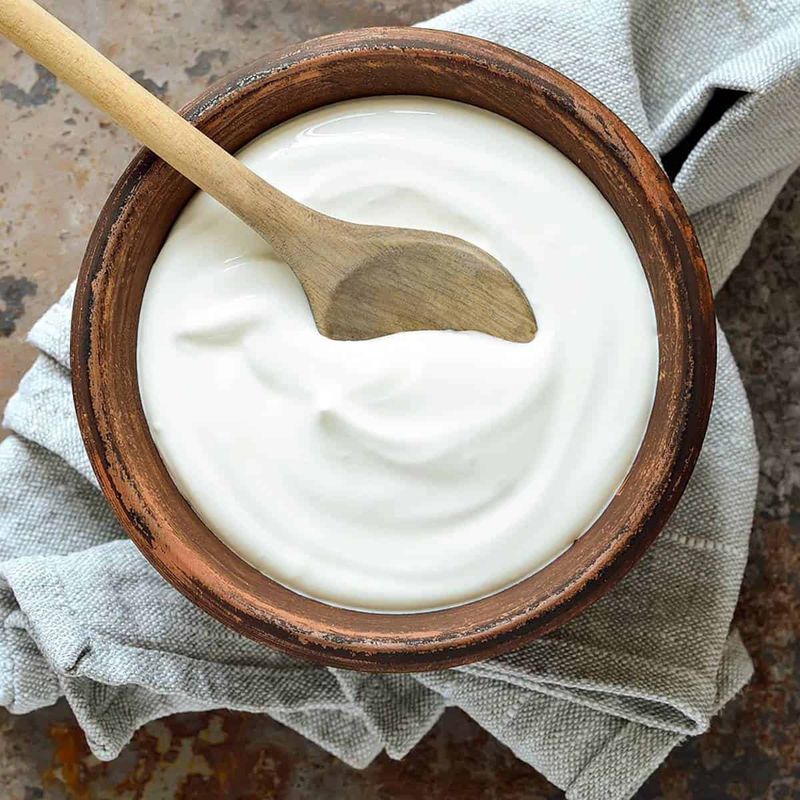
Plain yogurt might seem like an odd addition to cake batter, but it’s actually a game-changer for texture. The acidity in yogurt helps activate baking soda, adding a better rise while the protein content contributes to structure. Greek yogurt works particularly well due to its thicker consistency and higher protein content. For the best results, use room temperature yogurt and fold it gently into your batter rather than beating vigorously. Beyond just improving texture, yogurt adds a subtle tanginess that complements sweet flavors, especially in lemon or berry cakes where that slight contrast enhances the overall taste profile.
3. Olive Oil
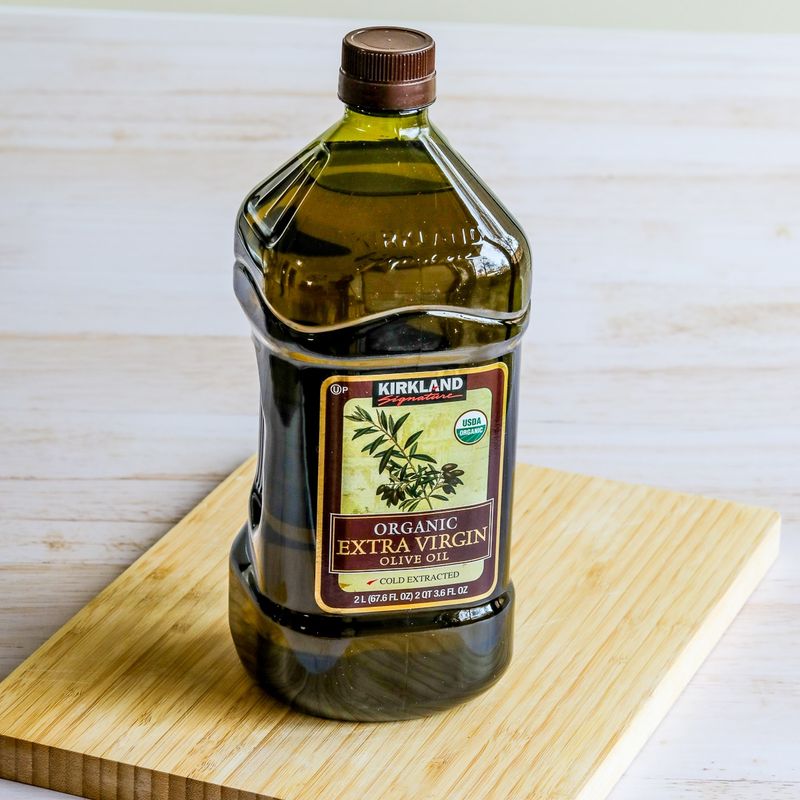
Replacing butter with olive oil might sound strange for cakes, but it’s actually an old Mediterranean baking skill. Olive oil contains monounsaturated fats that stay liquid at room temperature, resulting in cakes that remain moist for days longer than those made with butter. The fruity flavour in virgin olive oil can complement citrus, spice, and chocolate flavors beautifully. Start by using a mild olive oil in recipes where its flavor won’t compete with other ingredients. Beside moisture, olive oil adds a tender crumb structure that practically melts. For best results, whisk it thoroughly with sugar before adding other ingredients.
4. Mayonnaise
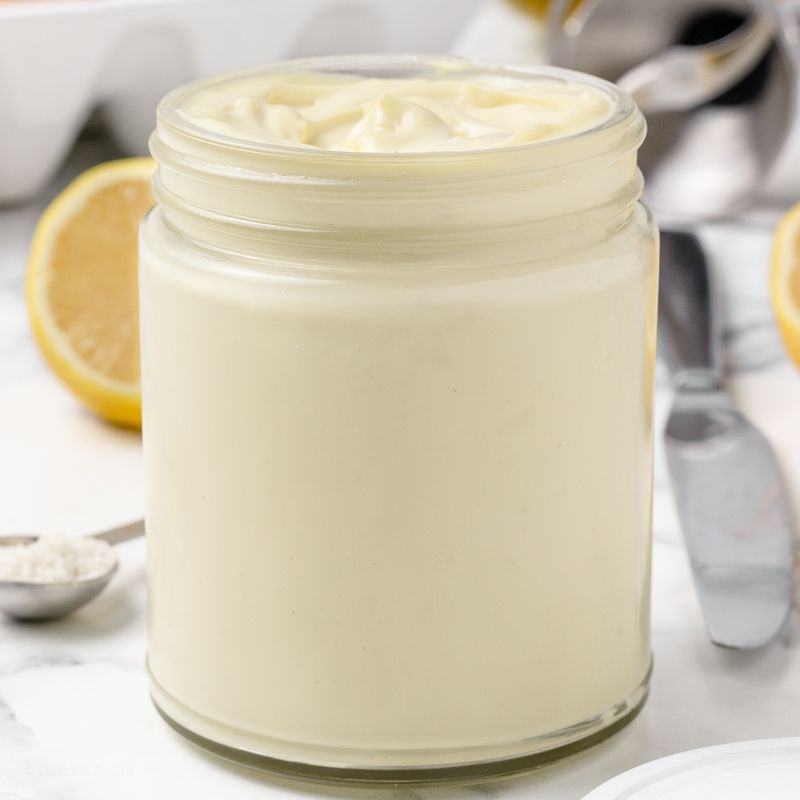
Mayonnaise in cake might sound strange, but when you break it down, it makes sense. Mayo is essentially eggs and oil emulsified together—two ingredients already found in most cake recipes. Adding a couple tablespoons of mayonnaise to your batter introduces fat and emulsifiers that make an tender crumb structure. The vinegar in mayonnaise also reacts with baking soda to help cakes rise more effectively. Depression-era bakers discovered this trick when ingredients were scarce, and it remains effective today. For best results, use real mayonnaise rather than light versions which contain fillers that can affect texture.
5. Mashed Banana
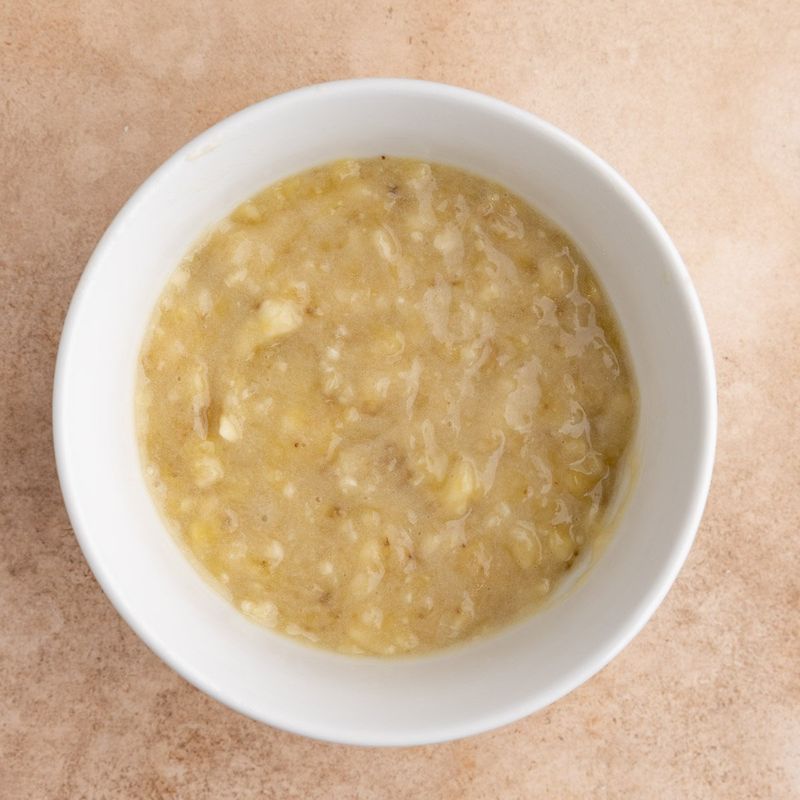
Ripe mashed bananas do more than just flavor banana bread—they’re moisture for many cakes. The natural sugars and high water content in bananas help lock in moisture while adding sweetness that allows you to reduce processed sugar. For chocolate cakes specifically, bananas enhance the richness while keeping the crumb soft. Their binding properties also provide structure that can help reduce the amount of eggs needed in some recipes. The key is using truly ripe bananas—those with brown spots or even mostly brown peels contain more sugar and softer flesh. Mash them completely for cake batters where you don’t want obvious banana pieces.
6. Ricotta
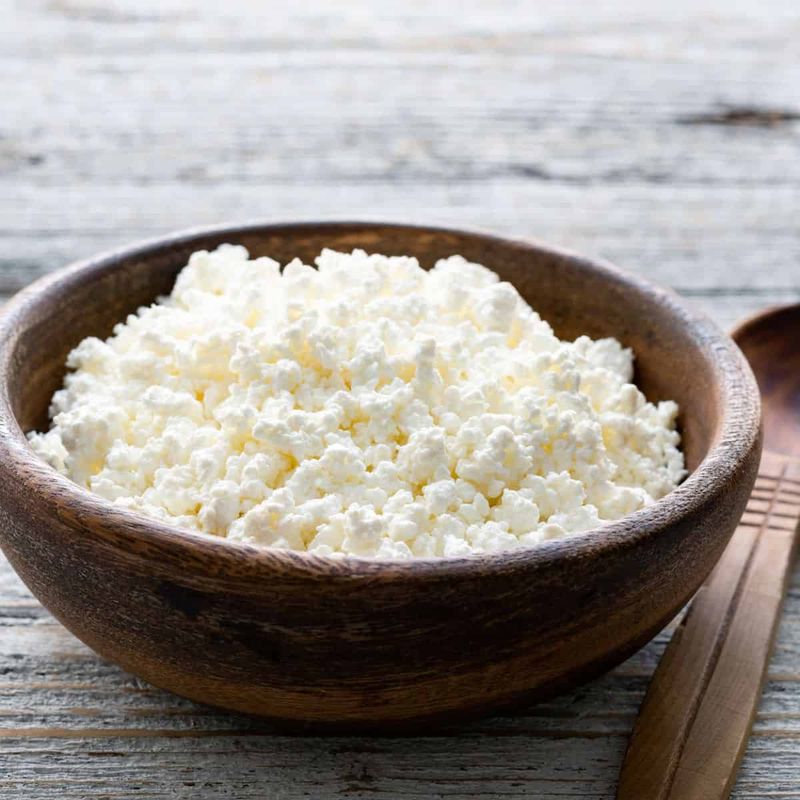
Ricotta cheese brings a double benefit to cakes: moisture from its high water content and richness from its fat content. Unlike cream cheese, ricotta has a more delicate texture that incorporates seamlessly into batters without weighing them down. The tiny curds in ricotta adds small pockets of moisture throughout the cake as it bakes. This results in a tender crumb that stays fresh longer than cakes made without it. Italian bakers have long used ricotta in traditional cakes like cassata and cheesecakes. For better results, drain excess liquid from the ricotta and bring it to room temperature before mixing into your batter.
7. Applesauce
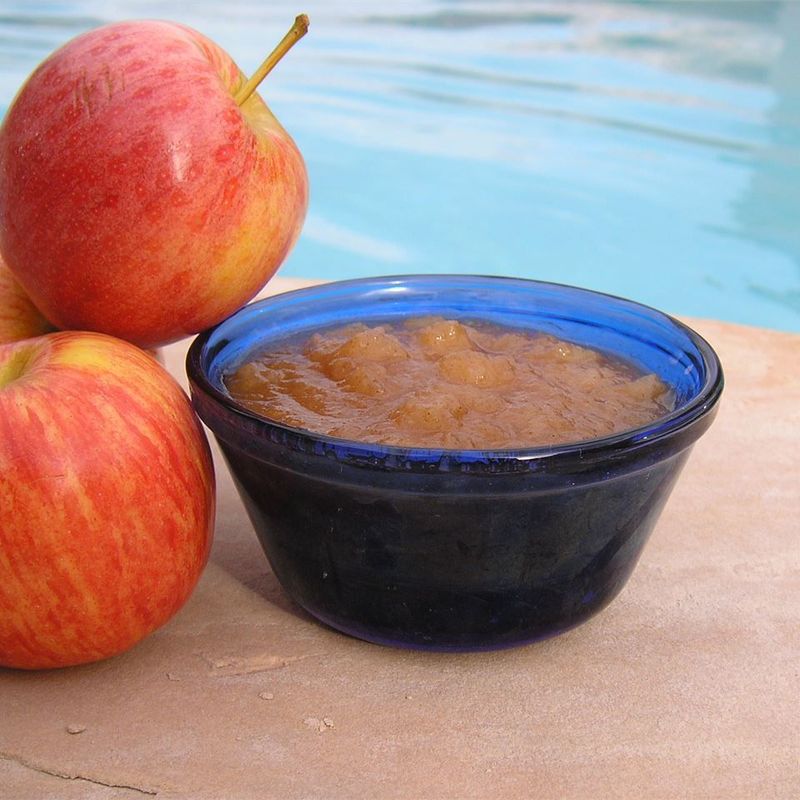
Unsweetened applesauce works double duty in cakes by adding moisture while reducing the need for oil or butter. The natural pectin in apples acts as a binding agent that helps maintain structure even with less fat. The subtle apple flavor complements spice cakes beautifully but virtually disappears in chocolate recipes. For lighter colored cakes where you don’t want a beige tint, try using pear sauce instead which has a more neutral color. Beside moisture, applesauce introduces natural fruit acids that react with baking soda to improve the moisture. For better results, use room temperature applesauce and reduce other liquids slightly to maintain proper batter consistency.
8. Coconut Cream
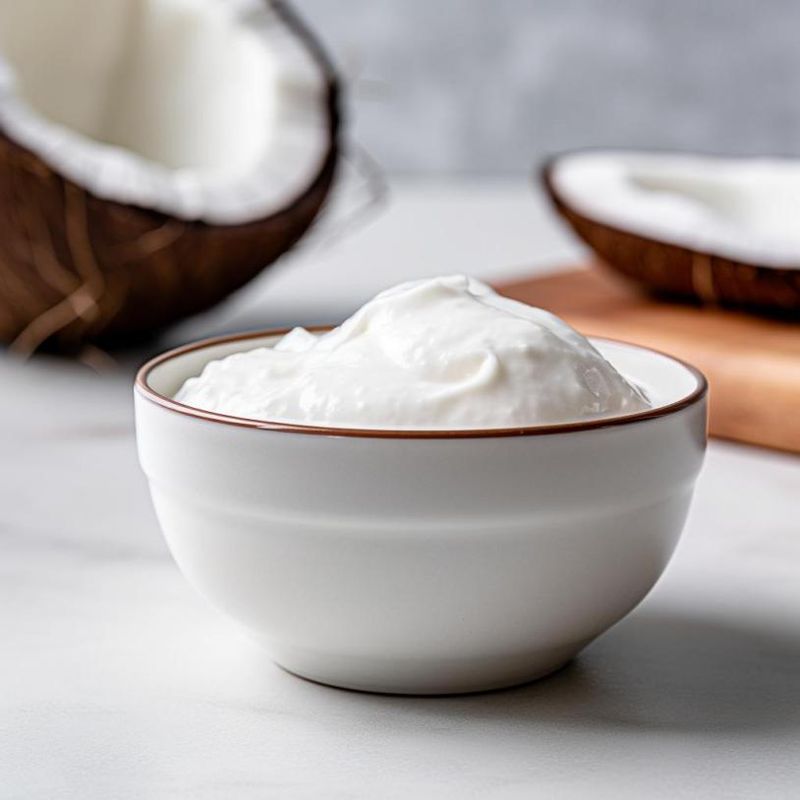
Coconut cream offers a dairy-free alternative that adds richness and moisture to cakes. The high fat content adds a velvety texture while imparting subtle tropical hint that enhance many flavor profiles. Unlike coconut milk, coconut cream has a thicker consistency that adds layers to batters. It pairs with chocolate, citrus, and tropical fruit flavors without overwhelming them. The plant-based fats in coconut cream remain soft even when refrigerated, meaning cakes made with it stay tender even when chilled. For best results, stir the coconut cream thoroughly before measuring as it tends to separate in the can.
9. Instant Pudding
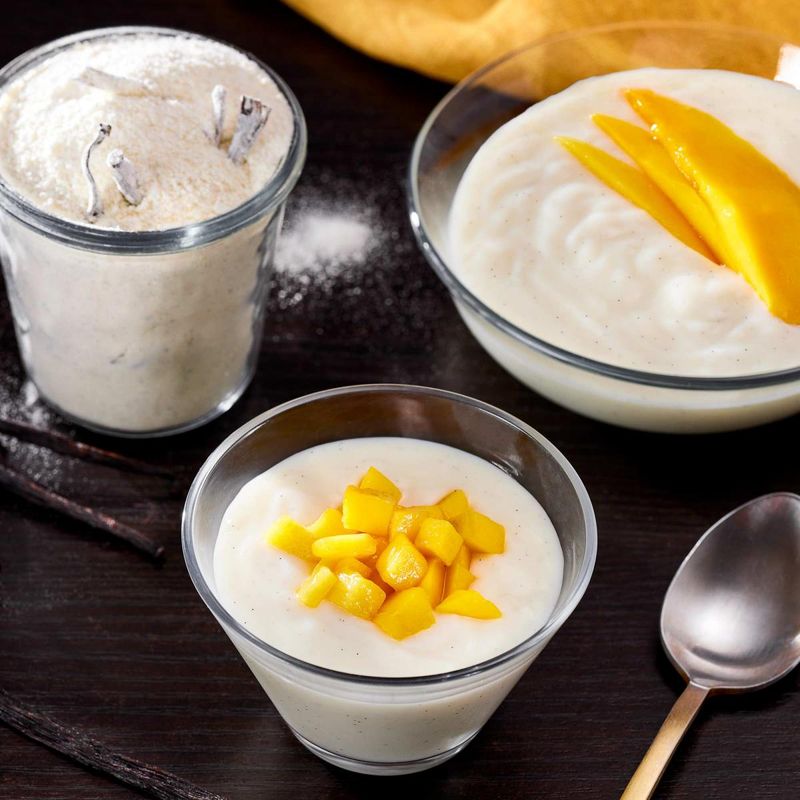
Adding a small amount of instant pudding mix to cake batter is a bakery trick that dramatically improves texture. The modified starches and gums in pudding mix help trap moisture within the cake structure during baking. Pudding works universally in most recipes, but matching pudding flavors to your cake can enhance the overall taste profile. The emulsifiers in pudding mix also help make a more uniform crumb that stays soft for days longer. Professional bakers often use this trick for cakes that need to maintain freshness. For best results, simply add the dry mix directly to your dry ingredients without preparing the pudding itself.
10. Honey Harmony
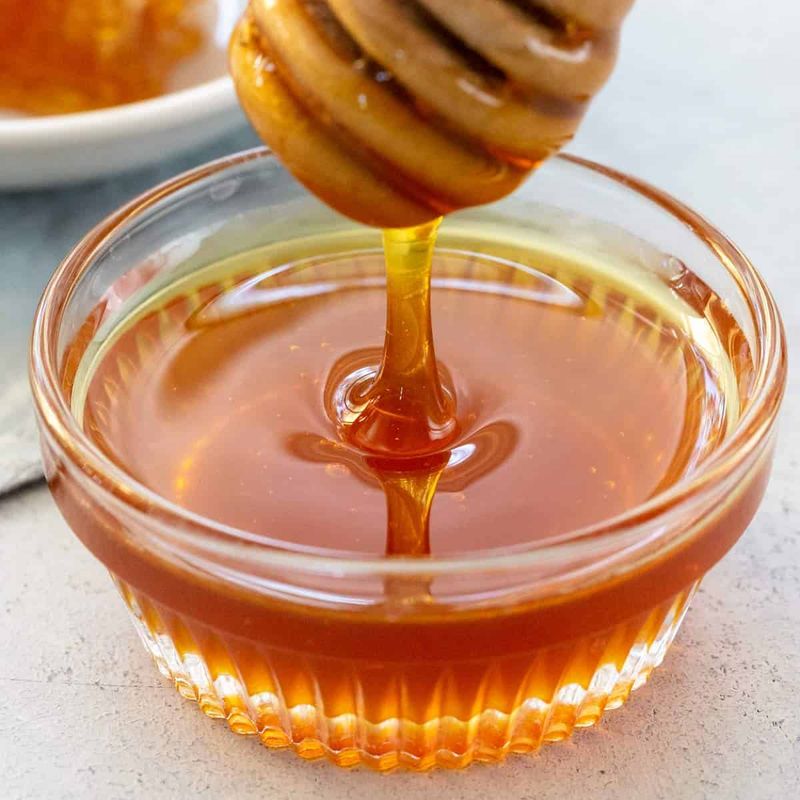
Replacing some sugar with honey introduces hygroscopic properties that attract and retain moisture in your cake. Unlike regular sugar, honey contains enzymes and acids that tenderize gluten for a softer crumb structure. Different honey varieties bring subtle flavor ranging from floral to earthy. Lighter honeys work well in delicate cakes while darker buckwheat or avocado honey can enhance chocolate or spice cakes with deeper complexity. The natural invert sugars in honey help cakes brown more evenly and stay moist longer. When baking with honey, reduce your oven temperature by 25°F and add a pinch of baking soda to neutralize its natural acidity.
